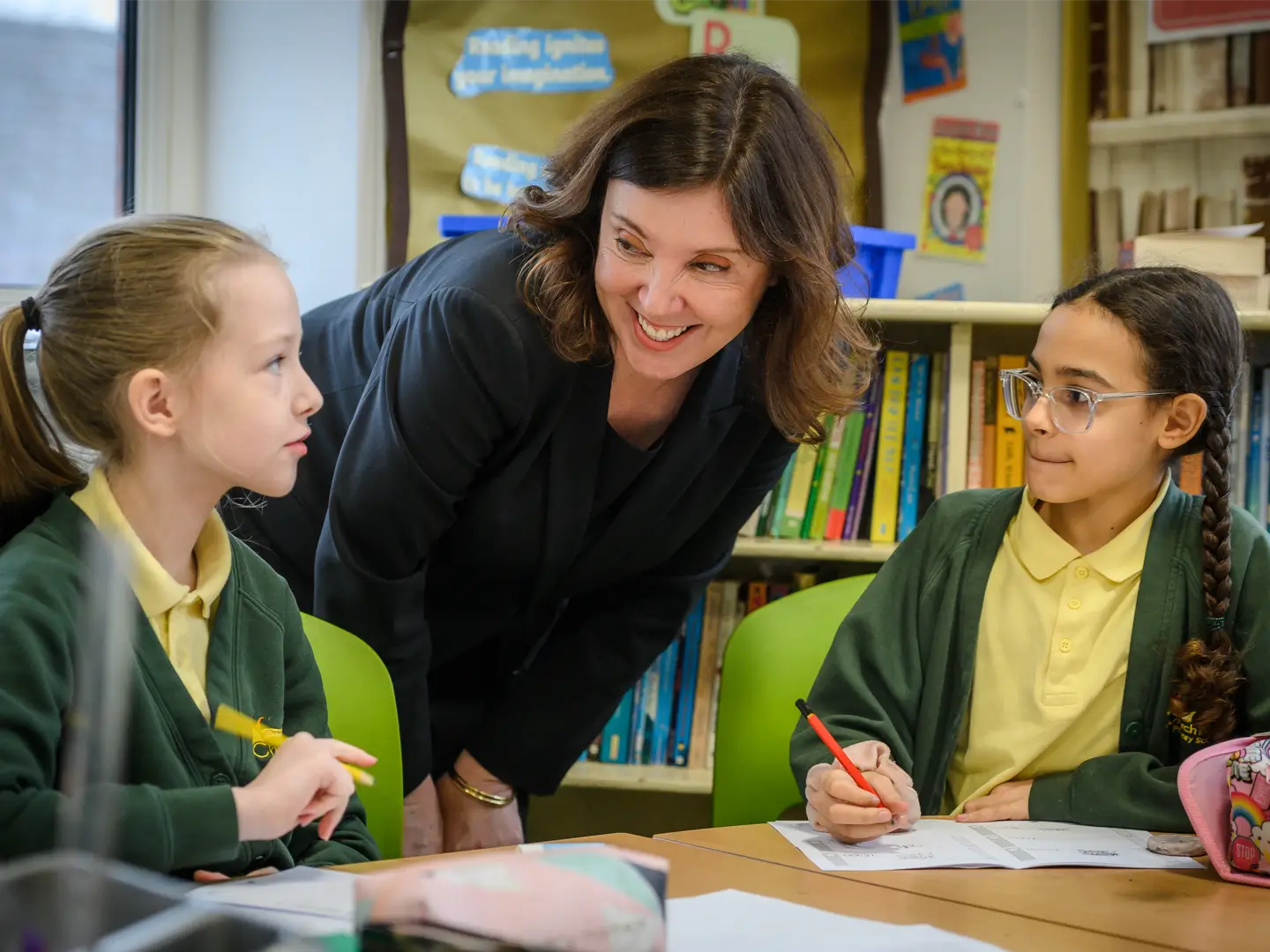Teenagers are consistently presented in the media as ‘trouble’, as perpetrators of crime and anti-social behaviour, alarming knife-wielding creatures lurking in groups in hoodies, mobile phones clamped to their ears. Some shopping centres even ban hoodies or use high-pitched ‘mosquito’ devices to prevent teens hanging around.
But we have become concerned at the level of fear we are picking up from children themselves, about their safety when out in public and a general sense of social disorder. Both of these have consistently been raised with us by children as major worries.
One mark of a child-friendly society is surely whether children feel safe and confident to play outdoors and enjoy public spaces independently. But over time children in England have become less likely to be able to go out independently – for example in 1971, 94% of children aged 7-11 in England were allowed to go out alone, whereas in 2010 that had shrunk to 33%. While this downward trend has been observed in most European countries, other countries such as Finland, Germany, Norway, Sweden and Denmark all still have higher levels of independence. In Finland in 2011, for example, 87% of children aged 7-11 were allowed to go out by themselves.
If we want to create a society where children feel safe to explore independently, we need to understand and address the fears that they have about doing so. For example, while we know that some children will have been victims of crime – the latest figures show that 4.3% of 10-15 year-olds were victims of violent crime in 2019 – the majority have not, and yet these fears about going out in public are pervasive. It also seems that the data we have on crime does not tell the whole story about children’s fears; for example while very little crime against children took place in public spaces such as parks, children told us in a recent survey that one of the things they most wanted was to feel safe in their local parks and streets, suggesting that at present they do not.
We therefore set out to understand more about when, where and why children feel unsafe, and what could be done to address these fears. This report is based on the findings from seven focus groups conducted with children aged 7 to 18 in Sheffield, chosen because it has average levels of crime, poverty and educational provision for England.


